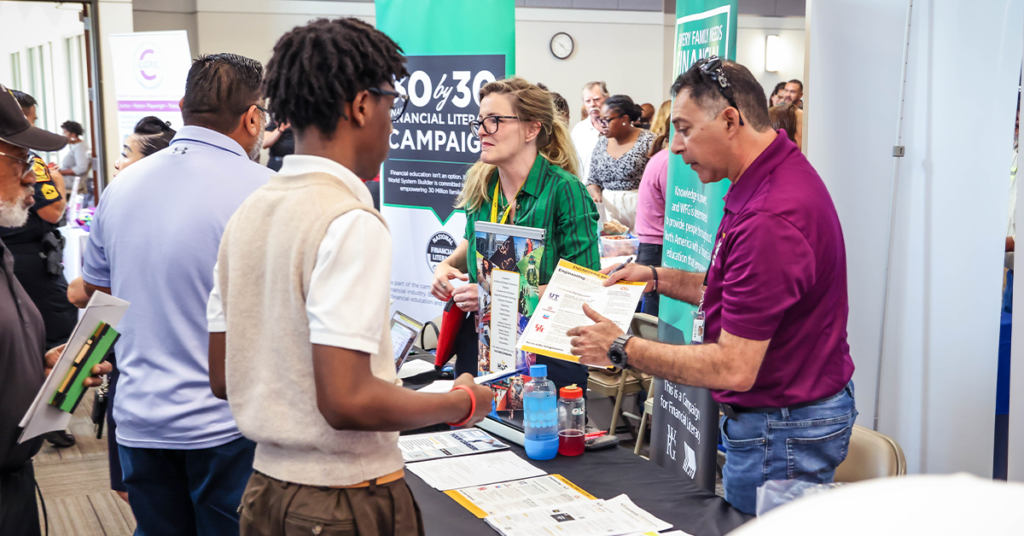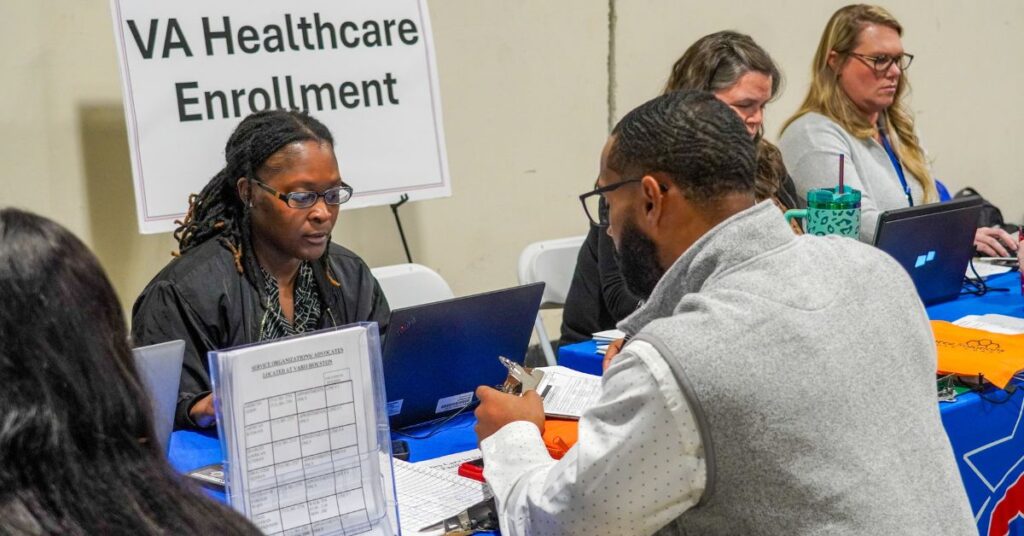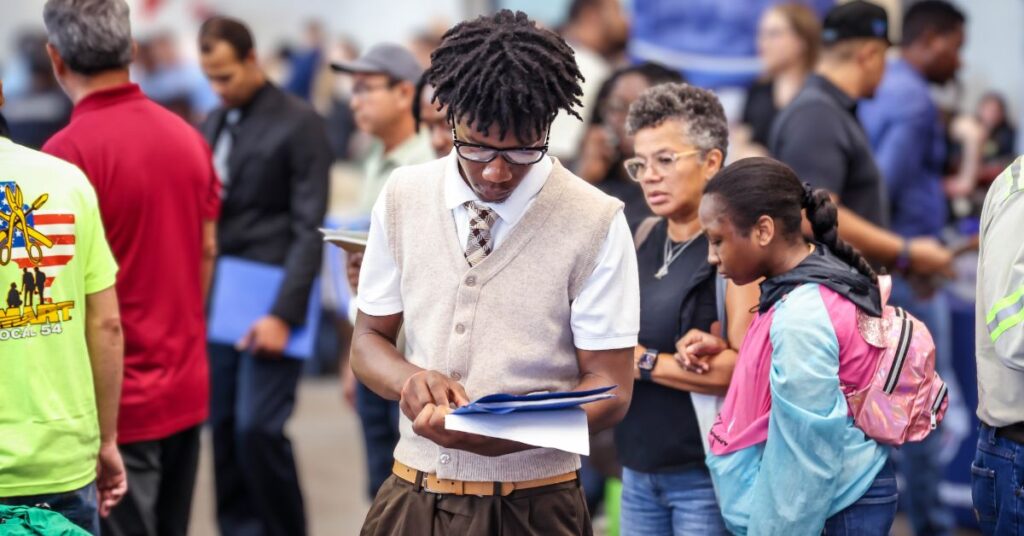The rise of advanced language models (ALMs) like OpenAI’s ChatGPT and Google’s BERT is reshaping how businesses function across the Houston-Galveston region. These tools can generate text, summarize documents, analyze sentiment, translate languages, and handle customer inquiries in real time. In sectors ranging from energy to healthcare and logistics, ALMs are already altering workflows and redefining roles.
Companies are leveraging ALMs to:
- Automate repetitive tasks, like report generation, data entry, and scheduling
- Enhance customer support, using chatbots that handle inquiries around the clock
- Improve training, through AI-generated learning materials and virtual simulations
- Inform decisions, by analyzing trends, behavior, and internal performance data
This shift allows businesses to redirect employee time toward strategic and creative work. Many are also partnering with local workforce agencies like Workforce Solutions to develop reskilling programs that align with AI adoption.
Despite their efficiency, ALMs have limitations. They lack emotional intelligence, cultural awareness, and the human nuance needed in complex customer interactions. Experts widely agree that the best outcomes come from a “human-plus-AI” approach, where people work alongside smart tools rather than being replaced by them.
The Future of Robotics in the Workplace
Parallel to ALMs, general-purpose robots powered by embodied AI are gaining traction in warehouses, hospitals, and factories. Unlike earlier machines, these robots can adapt to dynamic environments and follow verbal commands. Still, they face barriers: performance is limited, resistance from workers remains high, and there’s a shortage of talent trained to operate them.
How Businesses Can Prepare
To be ready for broader automation, companies should:
- Define how robots could support logistics, inspections, or assembly
- Strengthen their data systems and clearly document training inputs
- Track meaningful advancements in battery tech, latency, and regulatory clarity
- Upskill workers in robotics maintenance and integration
- Build ecosystems through partnerships and shared platforms
While widespread adoption may take time, early investment and planning will determine which companies lead in this next phase, just as early adopters shaped the future of smartphones and EVs. The Houston-Galveston region, with its industrial diversity and innovation networks, is well-positioned to lead the way.




